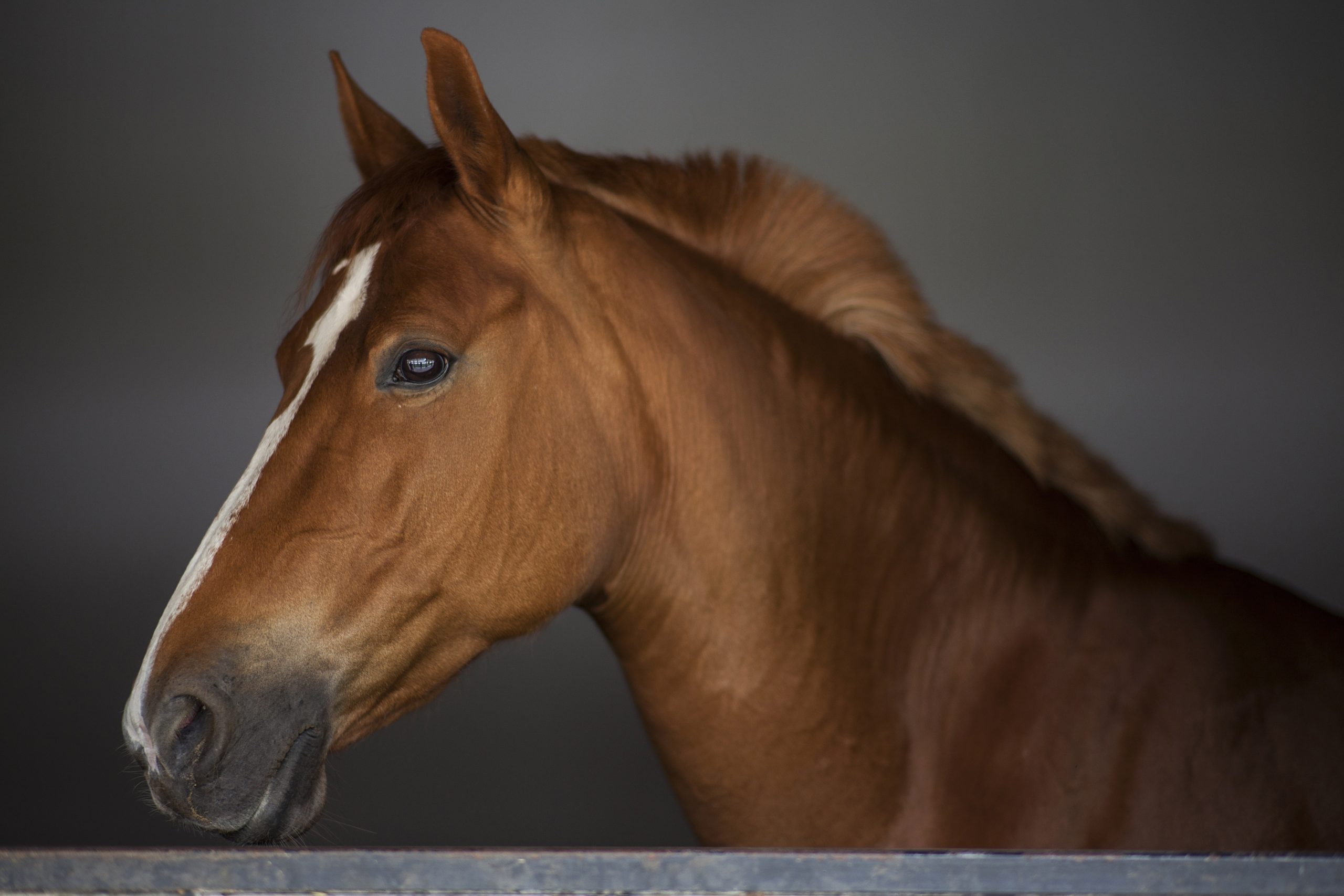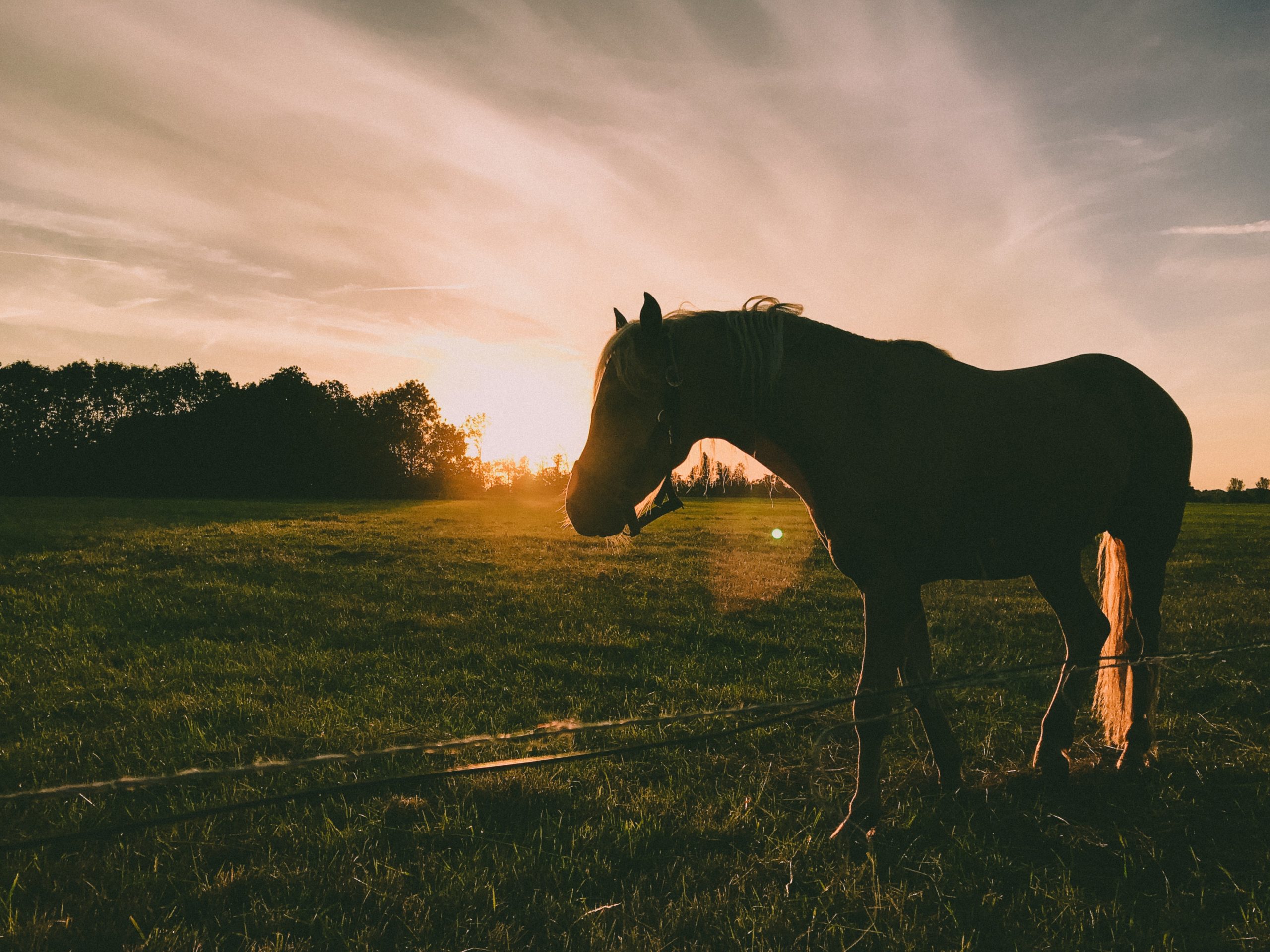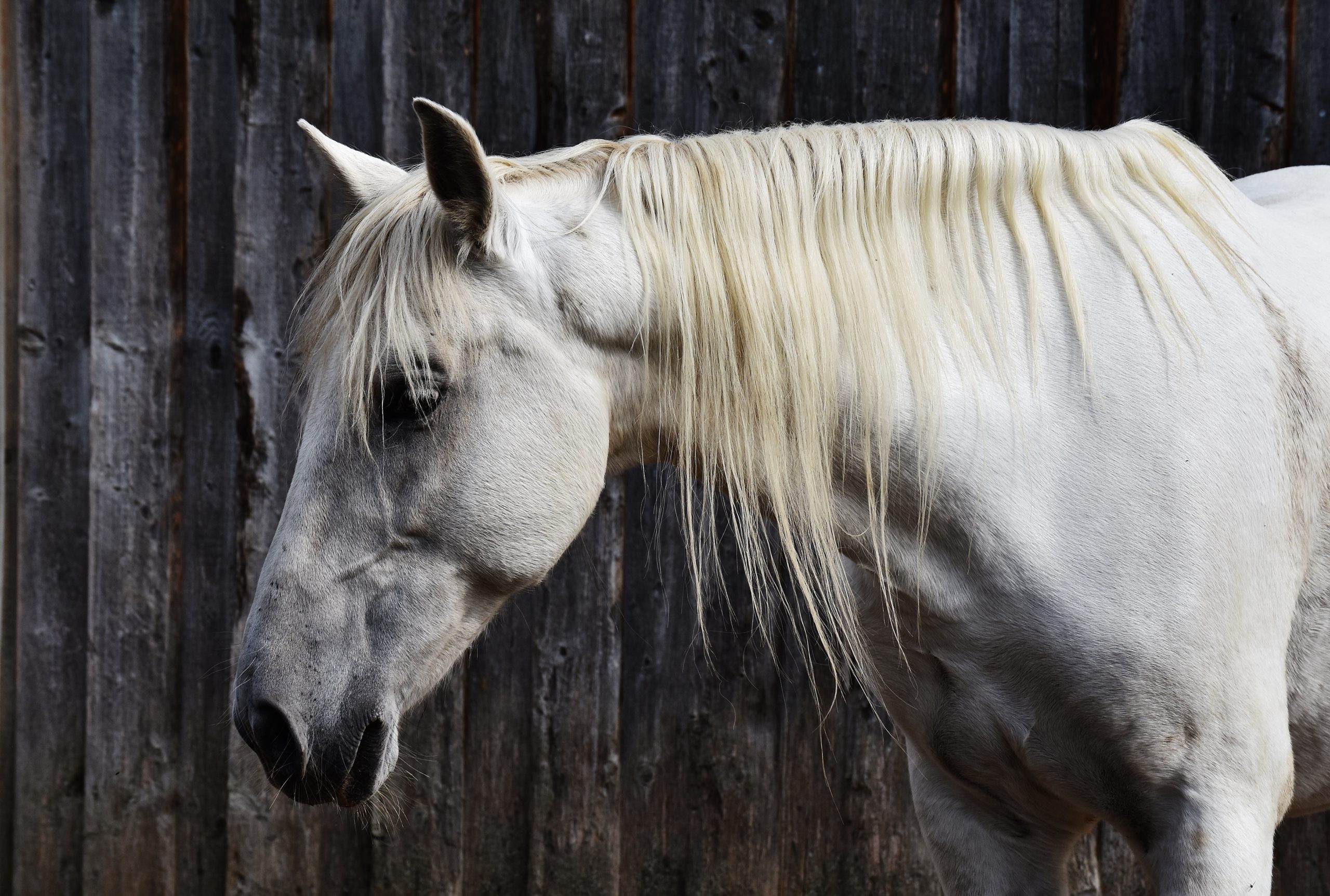Greasy heel is characterised by greasy, cracked or inflamed skin on the heels and rear of the pasterns. It is often referred to as ‘mud fever’ where horses develop the condition when standing in muddy yards and paddocks during rainy weather.
Causes of greasy heel
In severe cases, the lesions may extend up the cannon area, usually in the rear legs, and from one to all four legs may be affected. Some horses seem susceptible to a chronic recurring form that flares up from time to time. In severe cases, the dermatitis may cause acute lameness, particularly in paddocked horses in warm, wet weather. It is usually caused by the same organism that results in rain scald, but other bacteria may also be involved in chronic cases.
Horses with white socks or pasterns are often more susceptible to developing the condition due to solar dermatitis or a mild sunburn-type allergic reaction, particularly when grazing abrasive leafed or long, stalky pasture under wet conditions.
Endurance horses often develop chronic greasy heel with cracking of the skin behind the pasterns due to softening of the skin as sweat runs down the limbs during prolonged exercise, and concentration of infective organisms in dust behind the pasterns.
Symptoms of greasy heel
The affected skin of the coronet and pastern area becomes itchy and swollen, eventually developing into a moist grey-yellowish weeping surface. These discharges are often ‘greasy’ or sticky to touch, with hair matting and deep cracks developing in the dry, inflamed skin as the pasterns flex during exercise.
Swelling (oedema) of the tissues occurs under the skin of the affected area. Most of the hair falls out, leaving short spikelets (islands of hair) scattered over the area. The skin cracks become infected, exposing sensitive underlying tissue, which causes discomfort and lameness as the horse exercises.
Treatment of greasy heel
In acute cases where the skin is inflamed, cracked open, bleeding, or the horse is lame seek veterinary advice and treatment. Antibiotics and topical medications to control infection and inflammation may be necessary.
Most early or mild cases can be successfully treated by horse trainers or owners. For best results, the greasy hair and skin area must be thoroughly cleaned before applying topical ointments.
- Restrain horse, using a twitch if necessary.
- Clean off excess grease with a warm, moist cloth.
- Clip hair around lesion if matted or if cracks extend into the hair borders on otherwise bald areas.
- Lightly scrub lesion with a warm solution of a medicated wash, e.g. Vetadine. Use a soft ‘nail’ brush to scrub area, but avoid abrading the skin (although deep cracks may bleed when scrubbed to clean away the grease). Leave 10–15 minutes before rinsing.
- Rinse off with clean water and pat dry. Where the lesions are sore and swollen, smear on a corticosteroid-antibiotic cream (a prescription medication available from your vet) or an antibacterial ointment (e.g. QuikHEAL). Repeat treatment for 2–3 days (i.e. scrubbing, rinsing, antibacterial ointment).
- Once the discomfort and swelling has decreased, apply a drying agent (e.g. Cetrigen Spray) to the area twice daily, to dry the skin and maintain the rate of healing.
Prevention of greasy heel
In most cases, smearing a thin layer of a zinc-based skin emollient onto the skin when horses are turned out during daylight hours will help to control infection.
Alternatively, in horses with white pasterns apply a thin coating of a sunscreen every 1–2 days. This helps repel moisture, control skin infection and prevent sunburn, and is particularly useful for horses with a history of recurring greasy heel.




